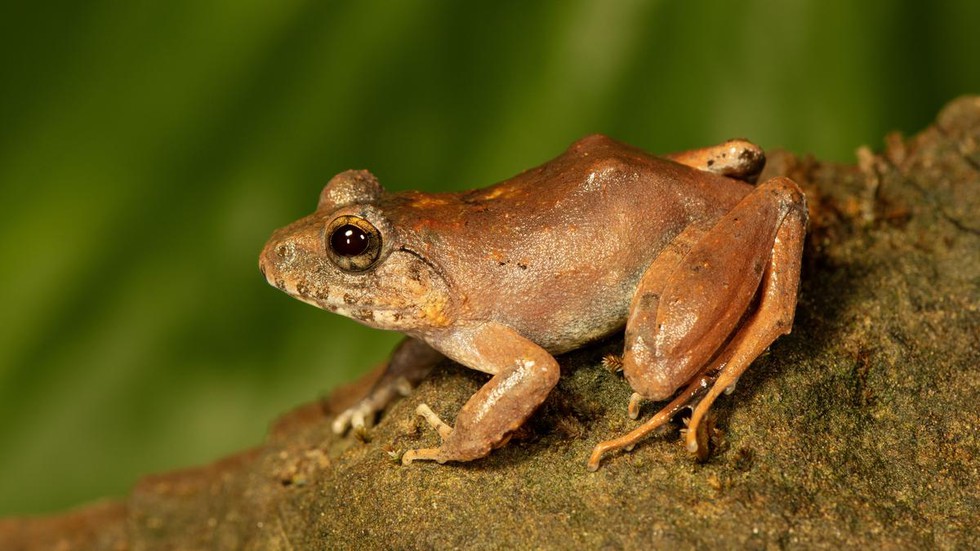About Charles Darwin’s frog:
- This frog species is endemic to the Andaman Islands.
- It belongs to the family Dicroglossidae, a large group of Asian frogs with over 220 species.
- It is found both male and female Charles Darwins adopting an inverted position on the walls of tree cavities, keeping their bodies completely above the water while mating as well as laying eggs.
- Behaviour: Charles Darwin males produced three types of ‘complex’ calls to woo females.
- When the ‘aggressive’ calls fail to ward off competing males, they begin fighting—kicking and boxing, using forelimbs and hind limbs, and biting off body parts or even the entire head.
- Conservation status
- Concern: The study revealed that these frogs increasingly use artificial objects as breeding sites, such as plastic seedling bags and human trash comprising discarded plastic, glass, and metal containers.
- This shift is likely a response to the loss and fragmentation of forest habitats, forcing the frogs to adapt to the rapidly changing environment on these small islands,”
